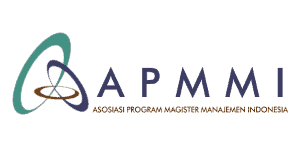Evaluating the Financial Performance of PT Mitra Keluarga Karyasehat Tbk: Financial Ratio Analysis for 2022-2023
Abstract
This study aims to analyze the financial performance of PT Mitra Keluarga Karyasehat Tbk using various financial ratio analysis methods. The analysis was conducted on the company's financial statements for the period 2022 and 2023. The methods used include liquidity, activity, leverage, and profitability ratio analysis. The results showed that PT Mitra Keluarga Karyasehat Tbk experienced an increase in liquidity and a reduction in leverage but faced a decrease in operational efficiency and profitability. The Current Ratio increased from 3.82 in 2022 to 4.97 in 2023, and the Quick Ratio increased from 3.73 to 4.82. However, Receivable Turnover and Inventory Turnover decreased, indicating a decline in the efficiency of current asset management. The leverage ratio shows a decrease in dependence on debt, but the Interest Coverage Ratio decreased from 104.16 to 77.88, indicating a reduced ability to cover interest expenses. Profitability ratios declined, suggesting a need for improvement in cost management and revenue generation strategies. Overall, the company needs to focus on enhancing operational efficiency and cost management to improve future financial performance.
Downloads
Authors who publish to JMM17: Jurnal Ilmu Ekonomi Dan Manajemen agree to the following terms:
- Authors transfer the copyright and grant the journal right of first publication with the work simultaneously licensed under a Creative Commons Attribution-ShareAlike 4.0 International License.. that allows others to share the work with an acknowledgement of the work's authorship and initial publication in this journal.
- Authors are able to enter into separate, additional contractual arrangements for the non-exclusive distribution of the journal's published version of the work (e.g., post it to an institutional repository or publish it in a book), with an acknowledgement of its initial publication in this journal.
- Authors are permitted and encouraged to post their work online (e.g., in institutional repositories or on their website) prior to and during the submission process, as it can lead to productive exchanges, as well as earlier and greater citation of published work (See The Effect of Open Access)







